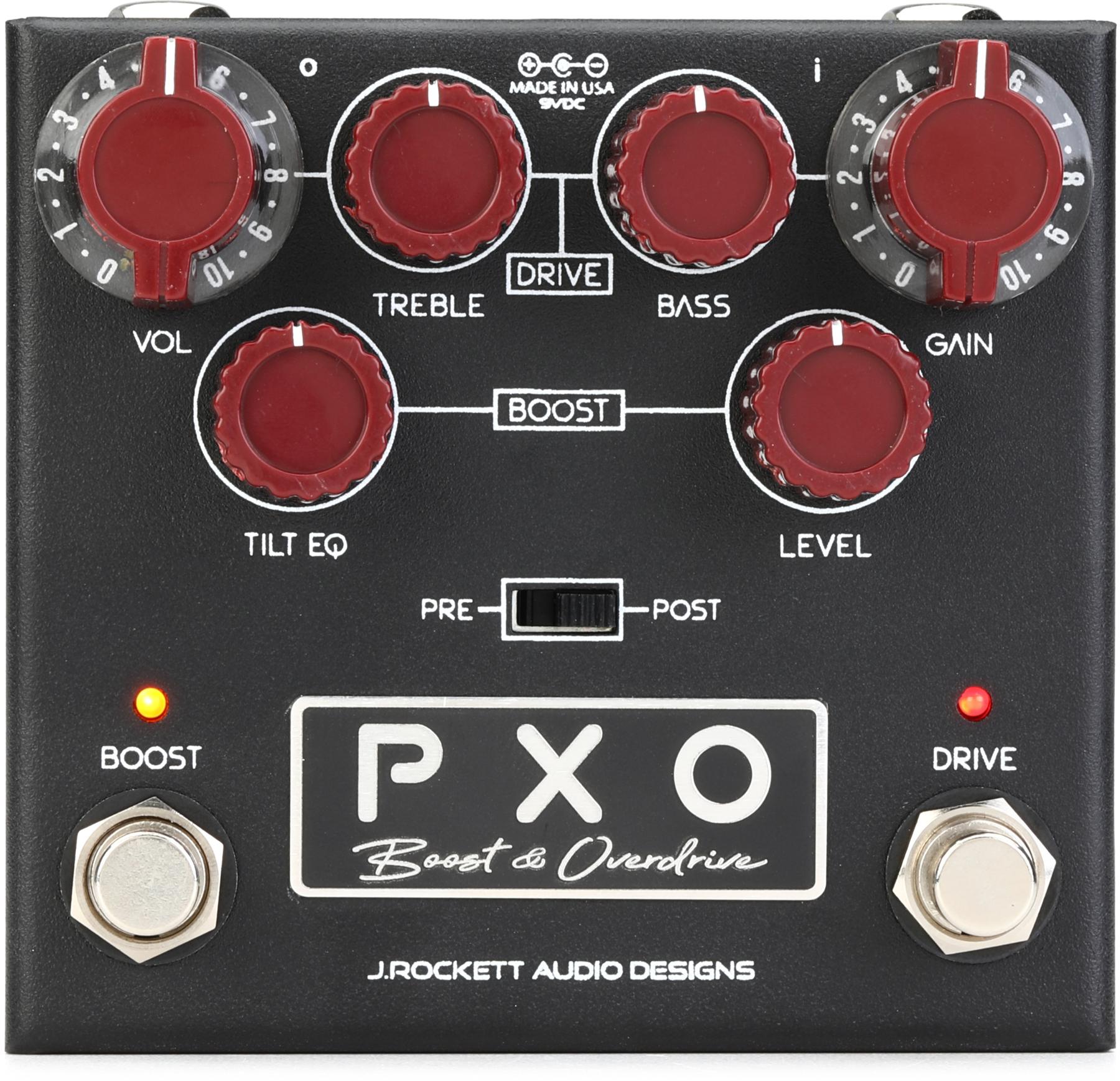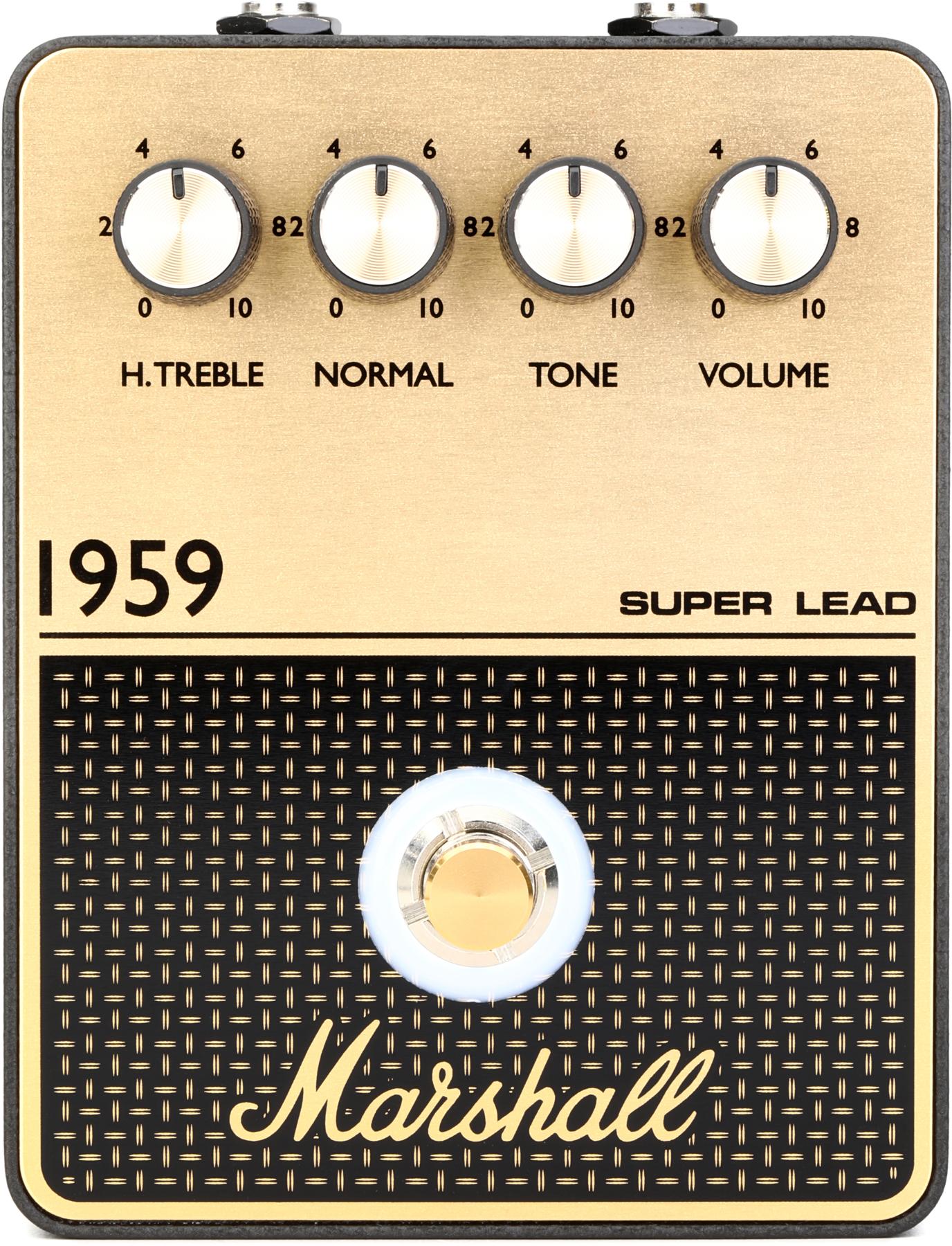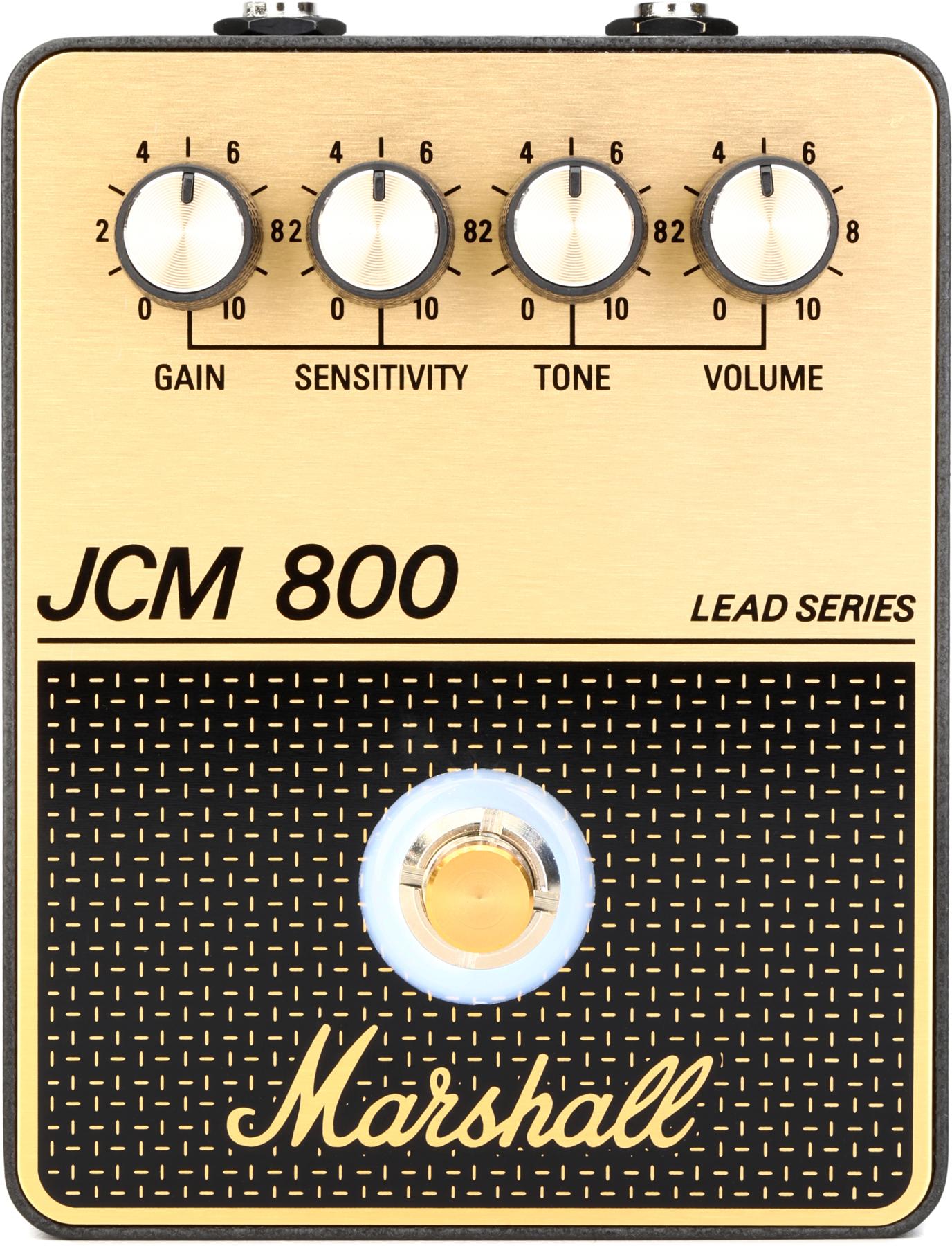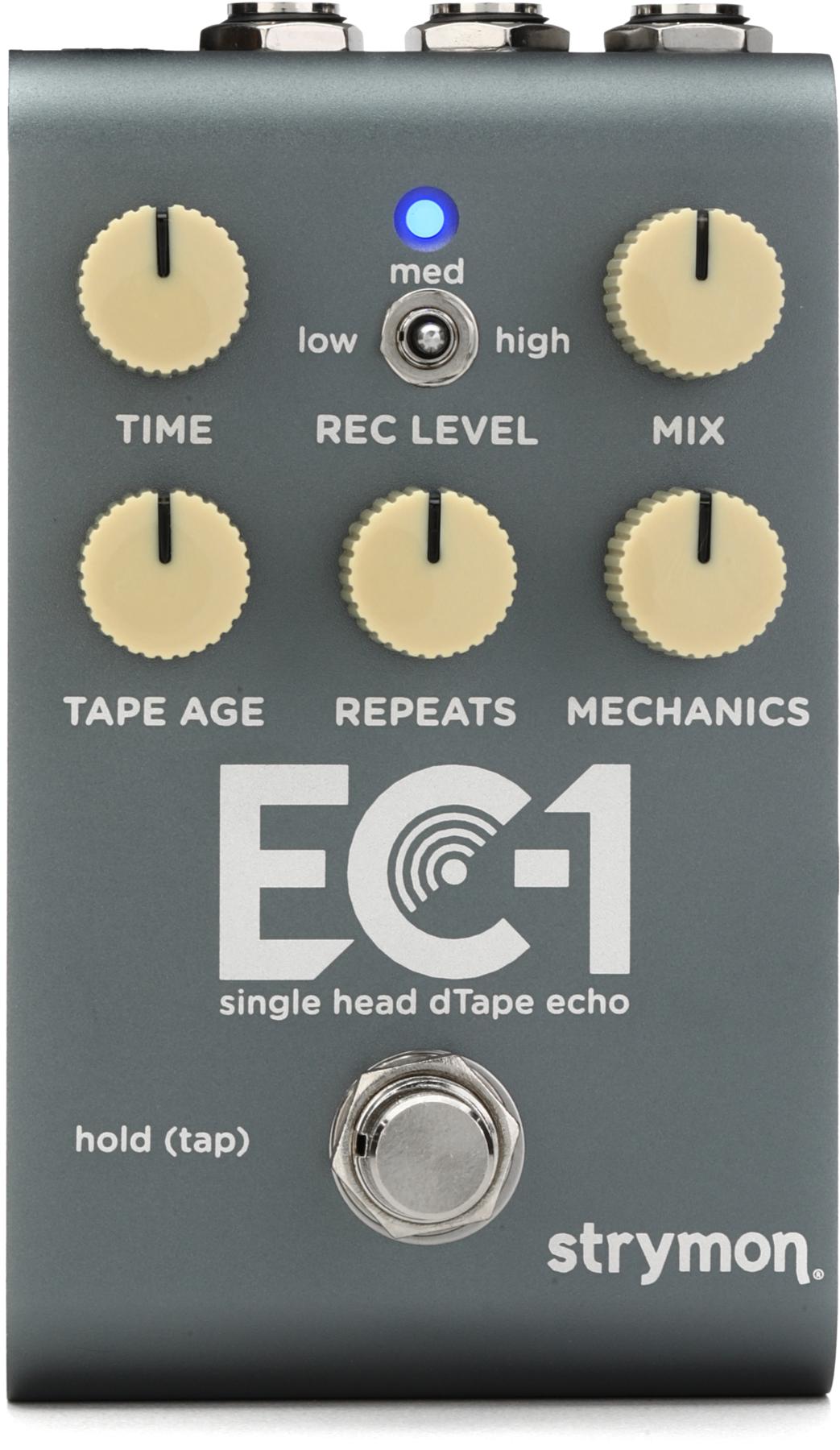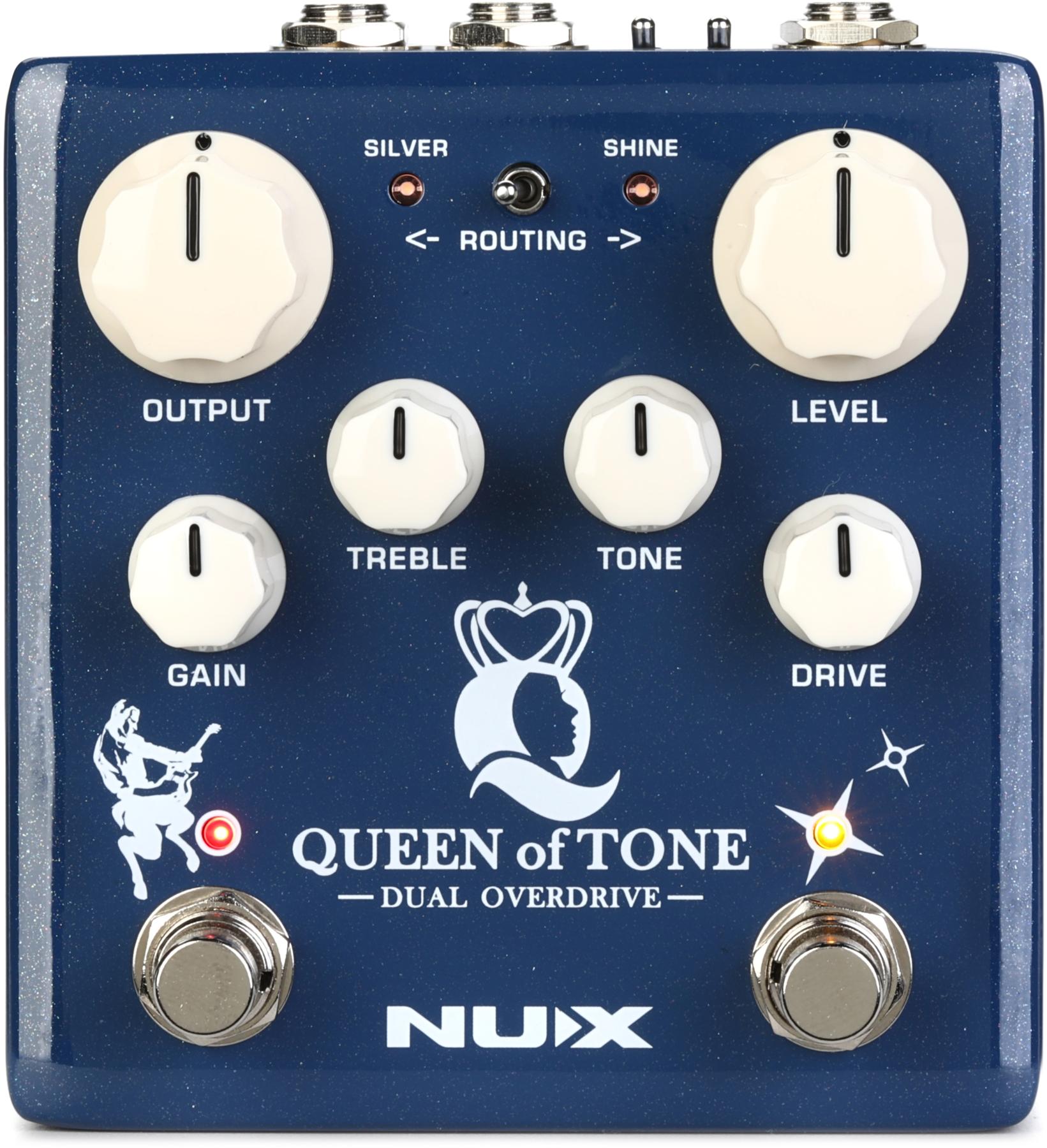The release of a new Red Panda pedal is something to be celebrated. Each of the company’s devices lets us crack into our signal chains and tweak its inner properties in unique, forward-thinking ways, encouraging us to be daring, create something new, and think about sound differently. In essence, they take us to the sonic frontier, where the most intrepid among us seek thrills.
Last January, I got my first glimpse of the Radius at NAMM and knew that Red Panda mastermind Curt Malouin had, once again, concocted something fresh. The pedal offers ring modulation and frequency shifting with pitch tracking and an LFO, and I heard classic ring-mod tones as the jumping off point for oodles of bold sounds generated by envelope and waveform-controlled modulation and interaction. I had to get my hands on one.
Enjoy the Process
I’ve heard some musicians talk about how the functionality of Red Panda’s pedals are deep to a point that they can be hard to follow. If that’s the case, it’s by design, simply because each Red Panda device opens access to an untrodden path. As such, it can feel heady to get into the details of the Radius, which blends between ring modulation and frequency shifting, offering control of the balance and shift ratios of the upper and lower sidebands to create effects including phasing, tremolo, and far less-natural sounds.
As complex as that all might seem, Red Panda’s pedals always make it easy to strip the controls down to their most essential form. The firmest ground for a guitarist to stand with the Radius is a simple ring-mod sound. To get that, I selected the ring mod function, turned off the modulation section by zeroing the rate and amount knobs, kept the shift switch off and the range switch on its lowest setting. With the mix at noon and the frequency knob cranked, I found my sound.
From there, by lowering the frequency range, the Radius will yield percussive tremolo tones, and the track knob helped me dial that in before opening up a host of phaser sounds below noon. By going the other direction and kicking the rate switch into its higher setting, a world of ring-mod tweaking opens up. There are some uniquely warped effects in these higher settings that include dial-up modem sounds and lo-fi dial tones. Exploring the ring mod/frequency shift knob widens the possibilities further to high-pitched, filtered white noise and glitchy digital artifacts at its extremes.
There are wild, active sounds within each knob movement on the Radius, and the modulation section naturally brings those to life in more ways than a simple knob tweak ever could, delivering four LFO waveforms, a step modulator, two x-mod waveforms, and an envelope follower. It’s within these settings that I found rayguns, sirens, Shepard tones, and futuristic sounds that were even harder to describe.
It’s easy to imagine the Radius at the forefront of sonic experiments, where it would be right at home. But this pedal could easily be a studio device when applied in low doses to give a track something special that pops. The possible applications go way beyond guitars.
The Verdict
The Radius isn’t easy to plug and play, but it’s also not hard to use if you keep an open mind. That’s necessary, too: The Radius is not for guitar players who prefer to stay grounded; this pedal is for sonic-stargazers and producers.
I enjoyed pairing the Radius with various guitar instruments—12-string, baritone, bass—and it kept getting me more and more excited about sonic experimentation. That feeling is a big part of what’s special about this pedal. It’s so open-ended and controllable, continuing to reveal more of its capabilities with use. Once you feel like you’ve gotten something down, there are often more sounds to explore, whether that’s putting a new instrument or pedal next to it or exploring the Radius’ stereo, MIDI, or expression-pedal functionality. Like many great instruments, it only takes a few minutes to get started, but it could keep you exploring for years.













